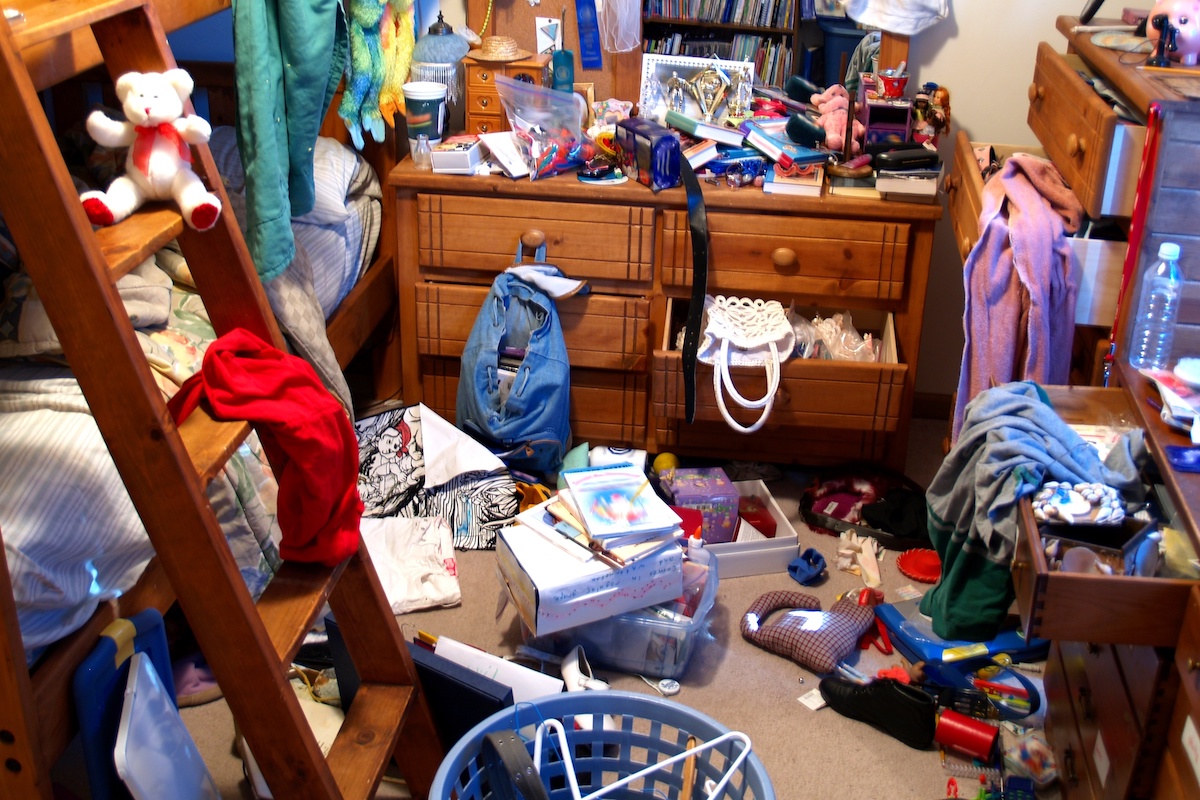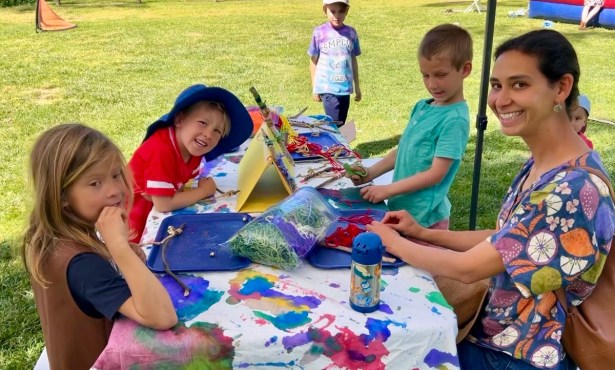Kids and a Clean Home: Not Impossible
Seven Tips and Tricks to Get Your Family's Living Space in Order, Then Keep It That Way

Maintaining a clean and organized home can be challenging, especially when you have children running around. When I did full-time professional organizing, I would get calls asking me to help get houses in order, spouses on board, and kids to do more. It’s a tall order, but with a strategic approach and some guidance, you can achieve a harmonious balance between a tidy home and the joys of family life. Here are seven tips and strategies to get you started.
1) Establish a Family Cleaning Routine: Productivity is all about creating consistent habits. Develop a family cleaning routine that involves everyone, making it a shared responsibility. Assign age-appropriate tasks to your children, such as tidying up toys, making their beds, or wiping down surfaces. By involving them in the process, you’ll not only teach them valuable life skills but also instill a sense of ownership and pride in maintaining a clean environment.
2) Declutter Regularly: Clutter can quickly accumulate in a household with kids. Combat this by implementing regular decluttering sessions. Set aside dedicated time each month to assess and purge unnecessary items. Involve your children in the process by encouraging them to donate toys they no longer play with or clothes they have outgrown. A clutter-free home will not only make cleaning easier but also provide a more serene atmosphere for the entire family. Kids LOVE to help, so let them!
3) Optimize Storage Solutions: Efficient storage solutions are the backbone of an organized home. Invest in storage containers, bins, and baskets to organize toys, books, and other items. Labeling containers can also help your children quickly identify where things belong, making it easier for them to clean up after themselves. Designate specific areas for different activities, such as a reading nook, a craft corner, or a play zone, ensuring that everything has its rightful place.
4) Create Designated Play and Work Areas: Establishing designated play areas can help contain the mess and maintain order in your home. Designate specific rooms or corners where your children can engage in their activities. This way, you can focus your cleaning efforts on those areas and prevent toys and clutter from spreading throughout the house. Encourage your children to tidy up their play area before moving on to another activity, promoting a sense of responsibility and cleanliness. Always ask: What is the purpose of this area? That will guide you in how you set it up, how you maintain it, and what will live there.
5) Time-Box Cleaning Sessions: As a productivity consultant, I understand the value of time management. Break down cleaning tasks into smaller, manageable chunks. Set a timer for short cleaning sessions, such as 15-20 minutes, and challenge your family to accomplish specific tasks within that time frame. This approach helps maintain focus, prevents burnout, and turns cleaning into an engaging activity for your kids. Make it fun and turn up the tunes!
6) MOST IMPORTANTLY, Especially for Older Kids: Talk about the importance of finding their own way of getting organized — there is no one-size-fits-all. It’s never too early to start helping them figure out how they organize their brain by asking questions such as, “How do you think about your work?” “How do you put your work in order?” “How do you know what to work on first?” (BTW, these are the same questions I ask adults that I coach.) Once you have an idea of how they think about their work, you can talk about tools to use. Examples include to-do lists (it is LITERALLY never too early to get a planner), a whiteboard, a calendar system, and Post-It notes. Any of these tools will help support getting things out of their heads and front and center.
7) Time Management: When it comes to time, talk about why being proactive is better than being reactive. Time is a weird construct for kids to comprehend, especially time that isn’t right in front of them, so depending on age, you can use some simple examples of why it’s important to do the hard stuff first, then the fun stuff. I like the phrase “Eat your frogs first.” Help them identify what their frog is for that day or for that class, then get them to put it on their list.
Kids learn by doing, by seeing, by watching, and by what YOU as adults are doing and how you do it. I often think about how these small moments of teaching will help my boys’ lives down the road, when they have roommates and spouses. It’s an investment in their future!



